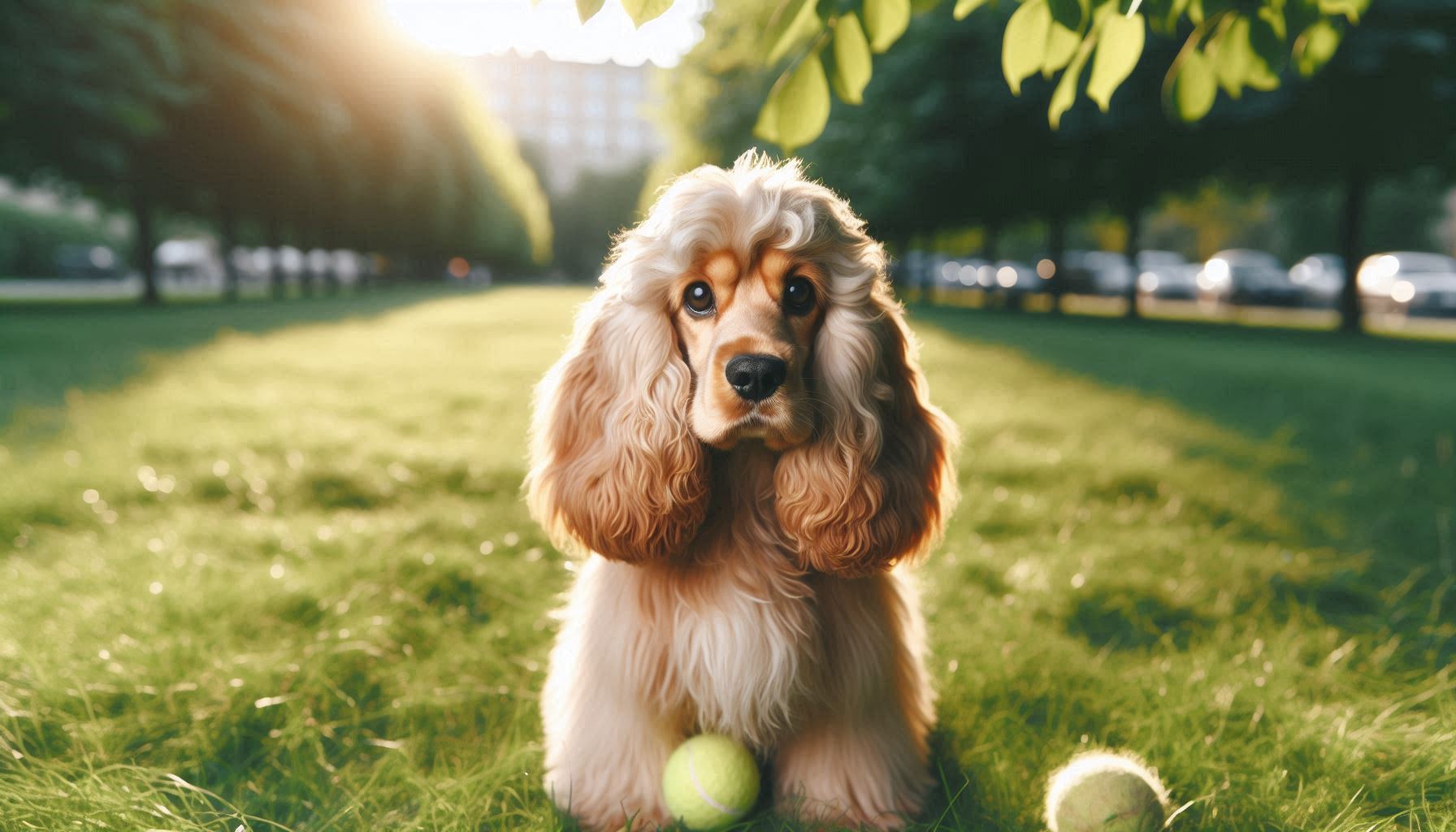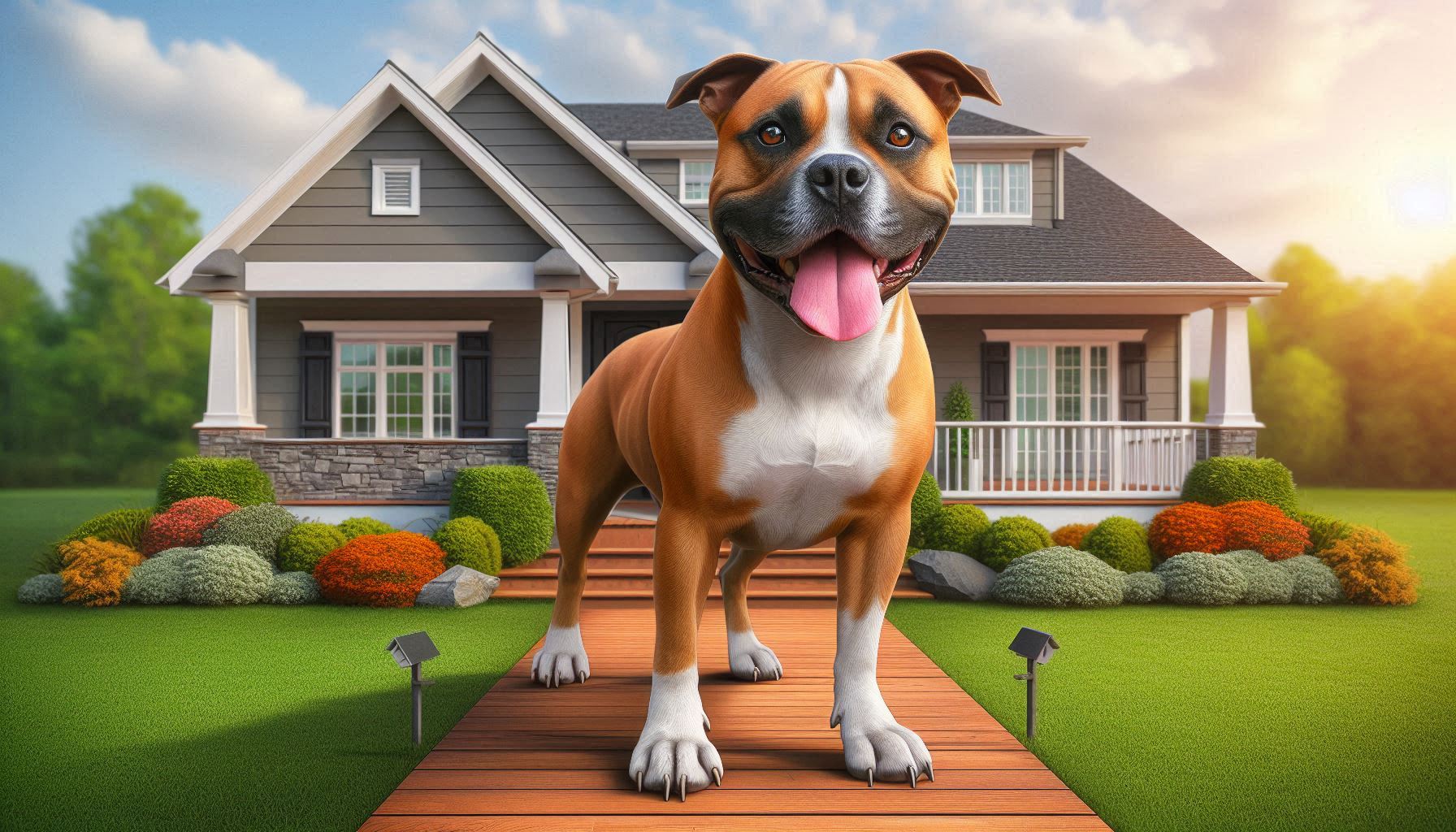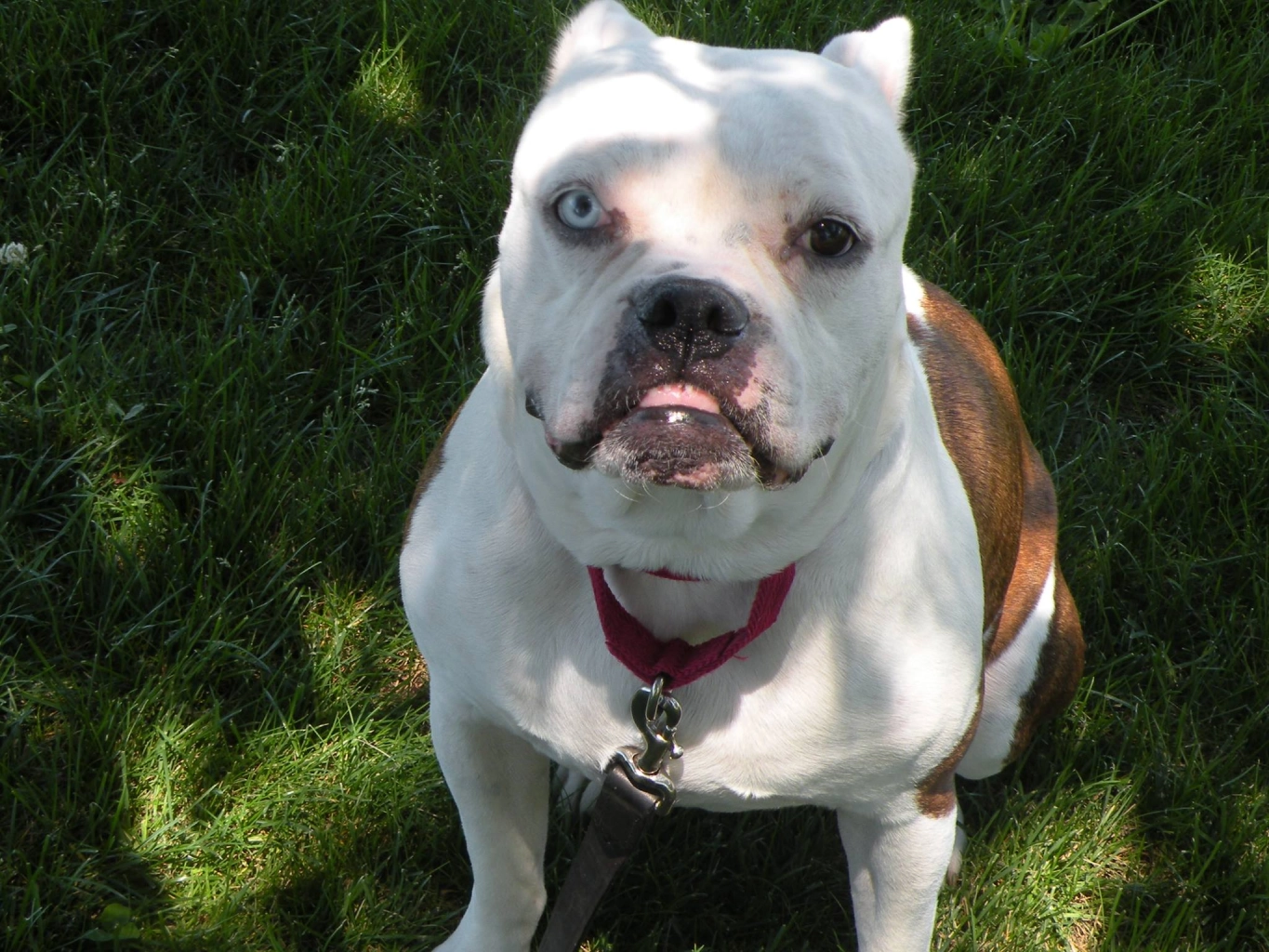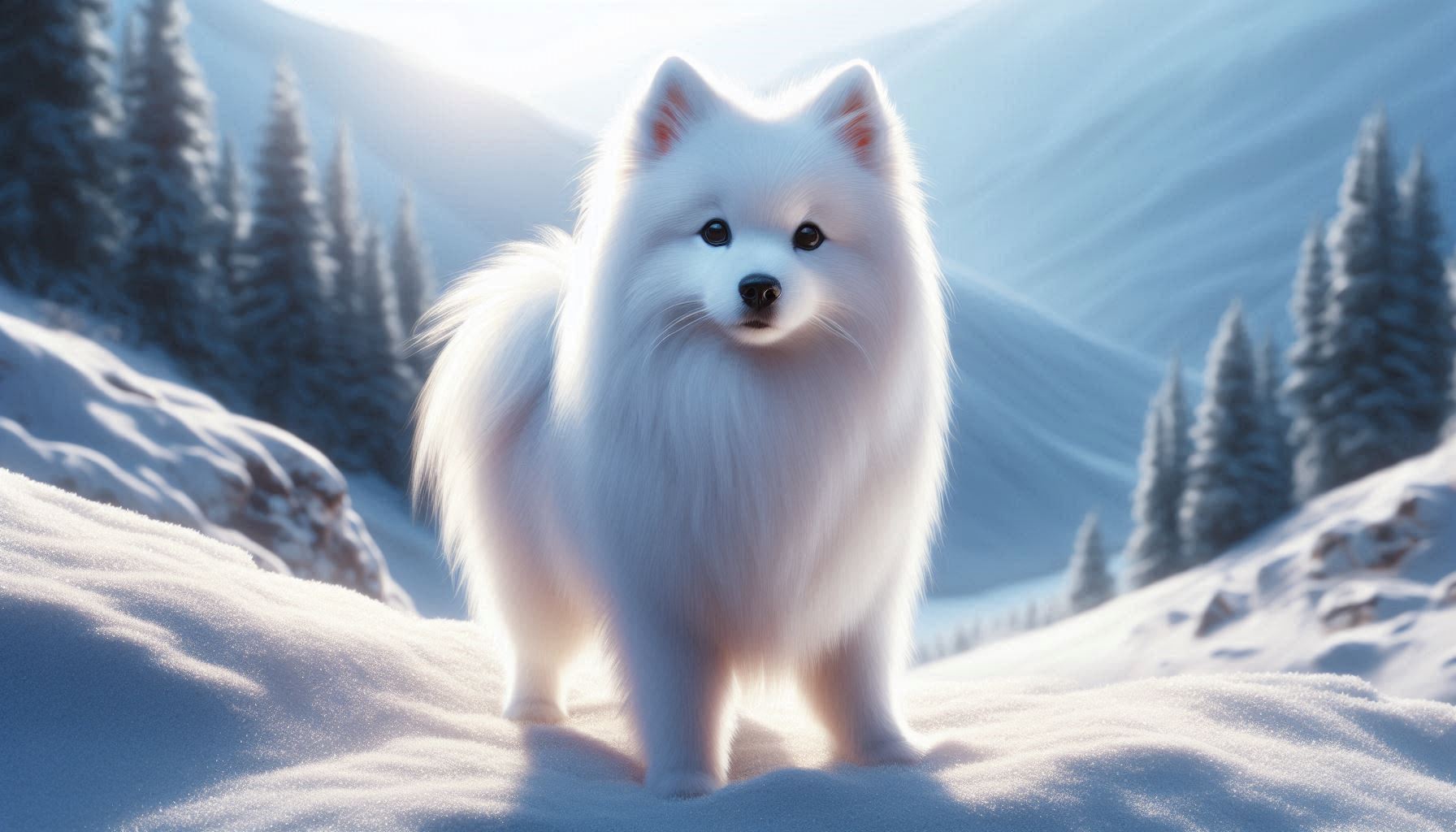Table of Contents
Pugalier Dog Breed
The Pugalier dog breed, a delightful cross between a Pug and a Cavalier King Charles Spaniel, has quickly captured the hearts of dog enthusiasts around the globe. Known for their charming looks and affectionate personalities, Pugaliers make excellent companions for individuals and families alike. This hybrid breed combines some of the best traits of its parent breeds, resulting in a dog that is both adorable and loving. In this article, we will explore the history, physical characteristics, temperament, health, care, training, suitability as a family pet, and more about the Pugalier dog breed.
History and Origin
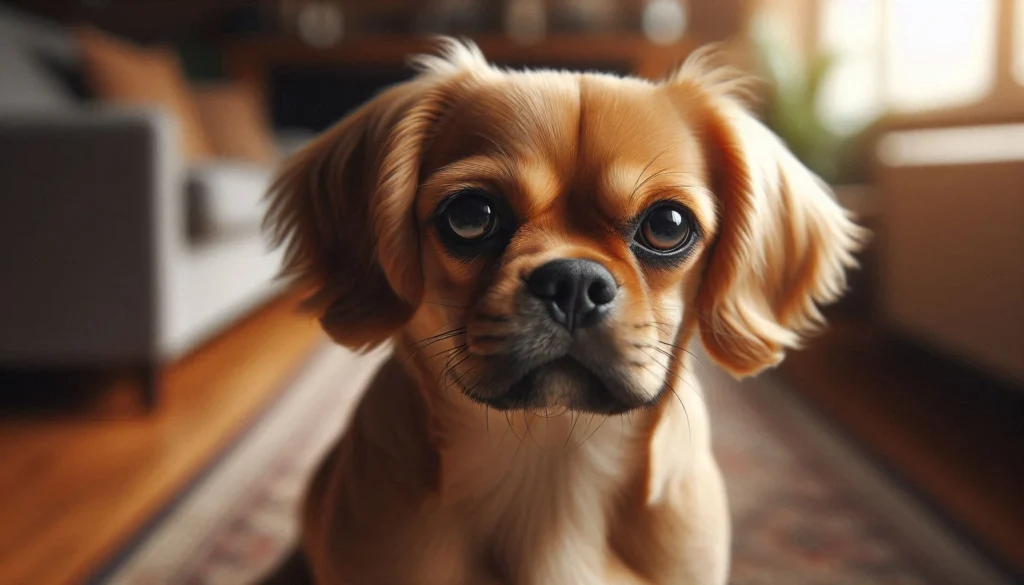
The Pugalier is a relatively new hybrid breed, developed in the last couple of decades amidst the growing popularity of designer dogs. While the exact origin is not well-documented, the breed likely emerged in the United States, where breeders aimed to combine the distinctive features of the Pug and the Cavalier King Charles Spaniel.
Pugs have a rich history dating back over 2,000 years to ancient China. They were bred as companion animals for Chinese emperors and were later introduced to Europe, where they continued to enjoy popularity among the aristocracy.
Cavalier King Charles Spaniels also have regal roots, originating as a favorite among British royalty in the 16th century. They were named after King Charles II, who was particularly fond of these small spaniels.
By blending these two storied breeds, breeders aimed to create a dog that boasts the Pug’s playful spirit and the Cavalier’s gentle and affectionate nature.
Physical Characteristics
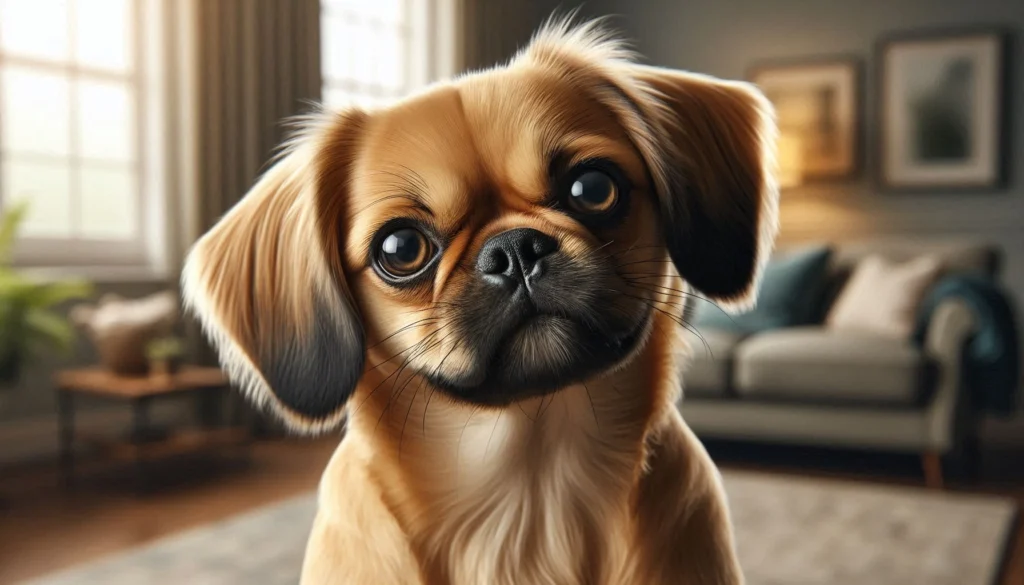
Pugaliers typically inherit a mix of physical traits from their parent breeds, resulting in a unique and appealing appearance.
Size
Pugaliers are small to medium-sized dogs, usually weighing between 10 to 20 pounds and standing about 10 to 14 inches tall at the shoulder.
Coat Type
Their coat can vary, often being short and smooth like a Pug’s, but occasionally having a slightly longer and wavier texture akin to the Cavalier.
Colors
Pugaliers come in a variety of colors, including fawn, black, brown, and a mix of these shades. They might also have distinctive facial markings or a black mask similar to a Pug.
Distinctive Features
These dogs often have the expressive, large eyes of a Pug combined with the soft, floppy ears of a Cavalier. Their compact, sturdy bodies and curly tails add to their overall charm.
Temperament and Personality
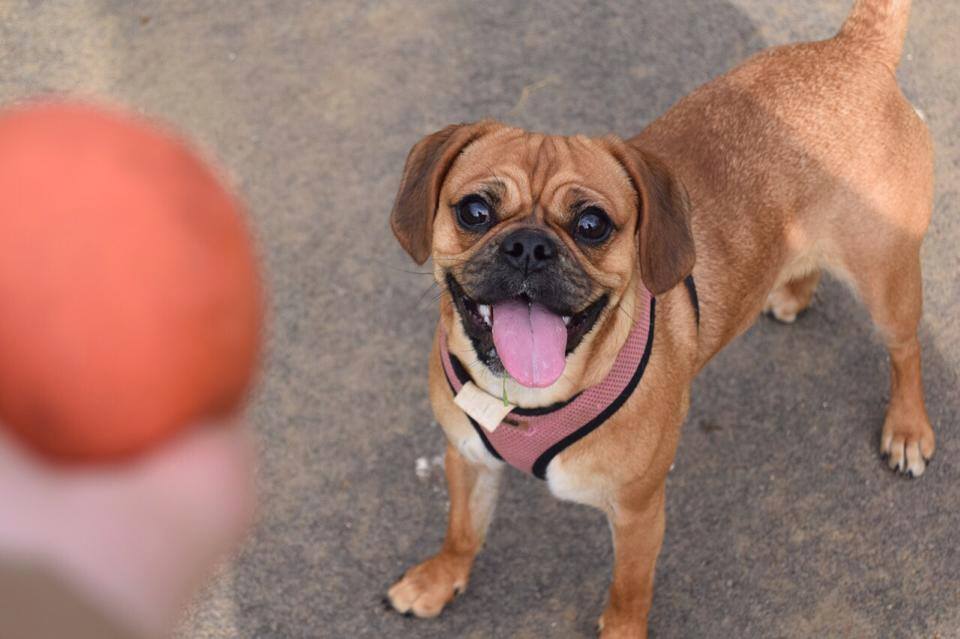
Pugaliers are known for their friendly and affectionate nature, making them fantastic companions. They typically exhibit a blend of the best traits from their parent breeds.
Interaction with People
Pugaliers are incredibly social dogs that thrive on human interaction. They are known to be loyal and enjoy being in the company of their owners, often following them around the house.
Interaction with Children
These dogs are generally good with children, displaying a gentle and patient demeanor. They enjoy playtime and can be quite tolerant, making them suitable for families with kids.
Interaction with Other Animals
Pugaliers typically get along well with other pets, especially if they are socialized from a young age. Their friendly and non-aggressive nature makes them good companions for other dogs and even cats.
Health and Lifespan
Like all breeds, Pugaliers have some health issues to be aware of. Understanding these can help ensure a healthy and happy life for your pet.
Common Health Issues
- Brachycephalic Syndrome: Due to their Pug heritage, Pugaliers can suffer from breathing difficulties associated with brachycephalic (short-nosed) breeds.
- Hip Dysplasia: This condition, affecting the hip joint, can be a concern, especially if inherited from the Cavalier side.
- Heart Problems: Cavaliers are prone to mitral valve disease, which can also affect Pugaliers.
- Eye Problems: Both parent breeds can have eye issues, such as dry eye or progressive retinal atrophy (PRA).
Lifespan
Pugaliers generally live between 10 to 14 years, although proper care and regular veterinary check-ups can help them enjoy a longer, healthier life.
Tips for Health
- Regular Exercise: Ensure your Pugalier gets moderate exercise to maintain a healthy weight and prevent obesity.
- Balanced Diet: Feed them high-quality dog food that meets their specific nutritional needs.
- Regular Check-ups: Schedule annual vet visits to catch any health issues early.
- Dental Care: Brush their teeth regularly to prevent dental diseases.
Care and Grooming
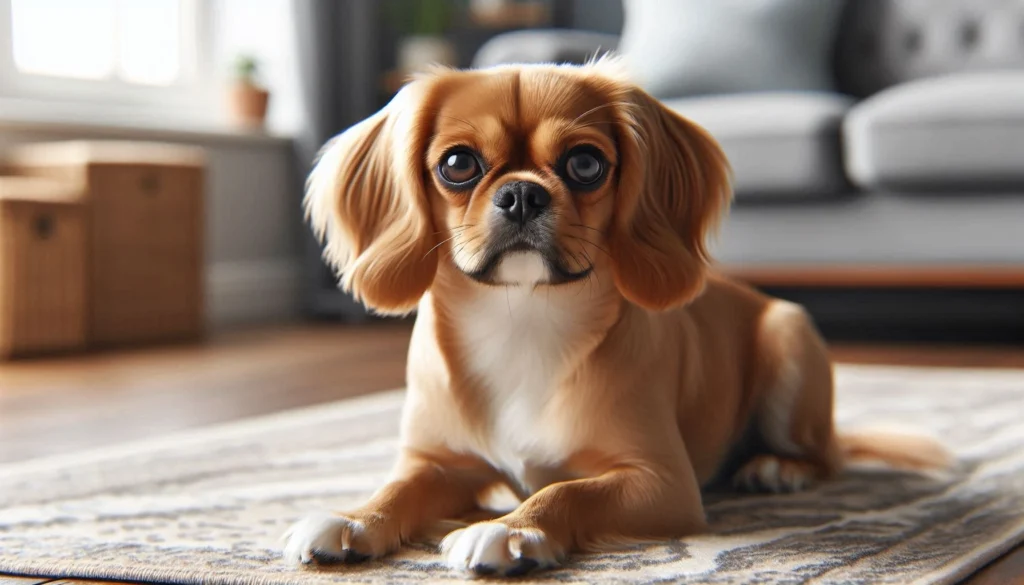
Proper care and grooming are essential to keep your Pugalier looking and feeling their best.
Grooming Needs
- Brushing: Brush their coat at least once a week to remove loose hair and prevent matting.
- Bathing: Bathe them as needed, usually once a month or when they get particularly dirty.
- Ears and Eyes: Clean their ears regularly to prevent infections and check their eyes for any signs of irritation or discharge.
- Nail Trimming: Trim their nails regularly to prevent overgrowth and discomfort.
Exercise Requirements
Pugaliers have moderate energy levels and require regular exercise to stay healthy. Daily walks, playtime, and mental stimulation activities are essential.
Dietary Recommendations
Feed your Pugalier a balanced diet that includes high-quality protein, healthy fats, and essential vitamins and minerals. Avoid overfeeding to prevent obesity.
Training and Socialization
Pugaliers are intelligent and eager to please, making them relatively easy to train. However, consistency and positive reinforcement are key.
Training Tips
- Start Early: Begin training and socialization as early as possible.
- Positive Reinforcement: Use treats, praise, and affection to reward good behavior.
- Consistency: Be consistent with commands and rules to avoid confusion.
Socialization
Expose your Pugalier to different environments, people, and other animals from a young age. This will help them grow into well-rounded and confident dogs.
Challenges
Some Pugaliers might inherit a stubborn streak from the Pug side, but with patience and consistency, they can learn effectively.
Suitability as a Family Pet
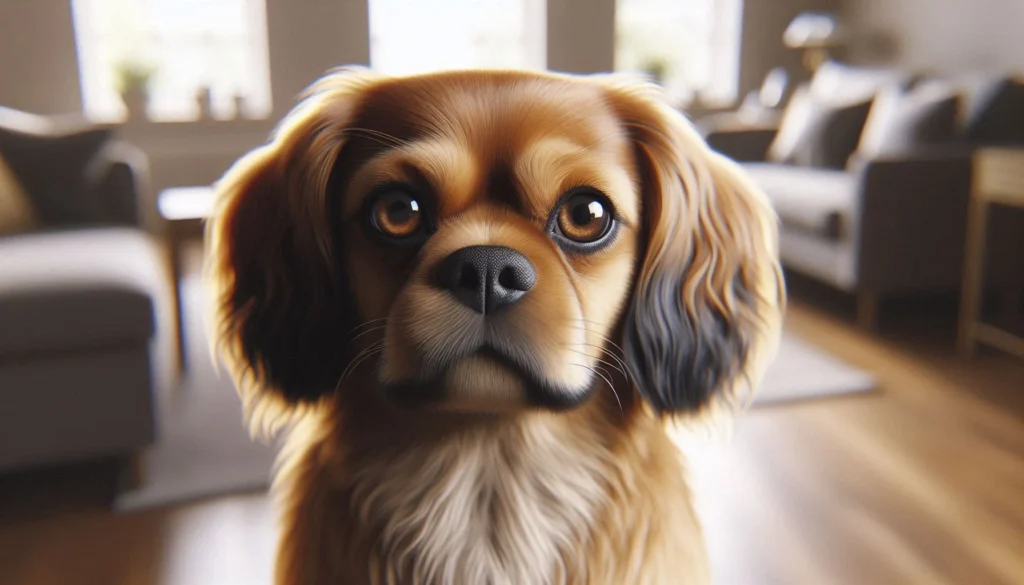
Pugaliers are excellent family pets due to their friendly and adaptable nature. However, there are a few considerations to keep in mind.
Living Environment
Pugaliers are well-suited to both apartment living and houses with yards. Their small size makes them adaptable to various living situations.
Energy Levels
While they enjoy playtime and walks, Pugaliers are also content to relax and cuddle with their owners, making them suitable for families with varying activity levels.
Family Interaction
Pugaliers thrive on companionship and prefer to be involved in family activities. They are affectionate and love to be the center of attention.
Fun Facts and Trivia
- Double the Royals: Pugaliers come from two breeds with royal connections, making them a “royal” hybrid.
- Variety of Names: This breed is also known as a Pugalier King Charles or simply a Pug-Cavalier mix.
- Great Watchdogs: Despite their small size, Pugaliers are alert and will bark to alert their owners of any unusual activity.
Dog Breeds Similar to Pugalier Dog
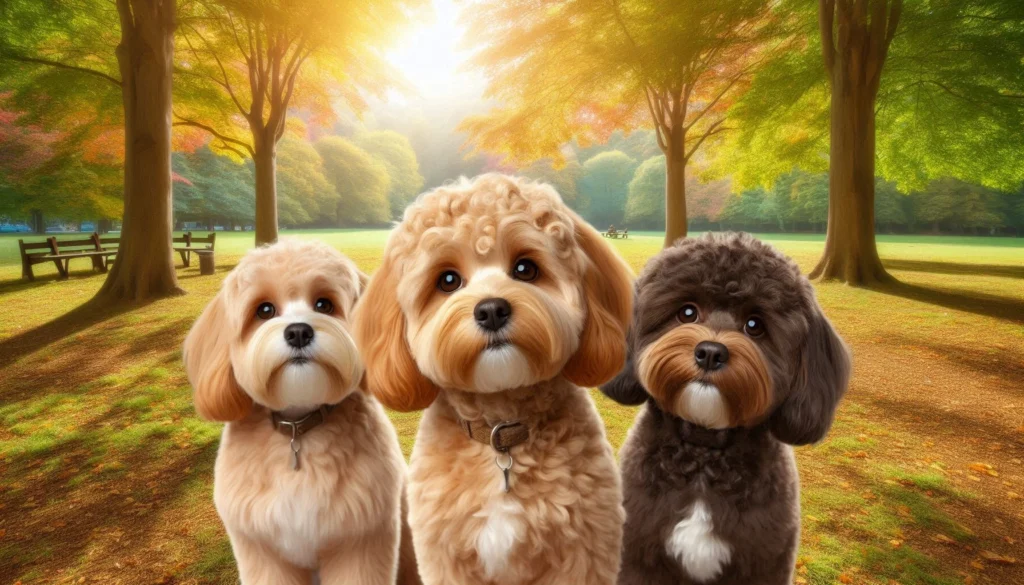
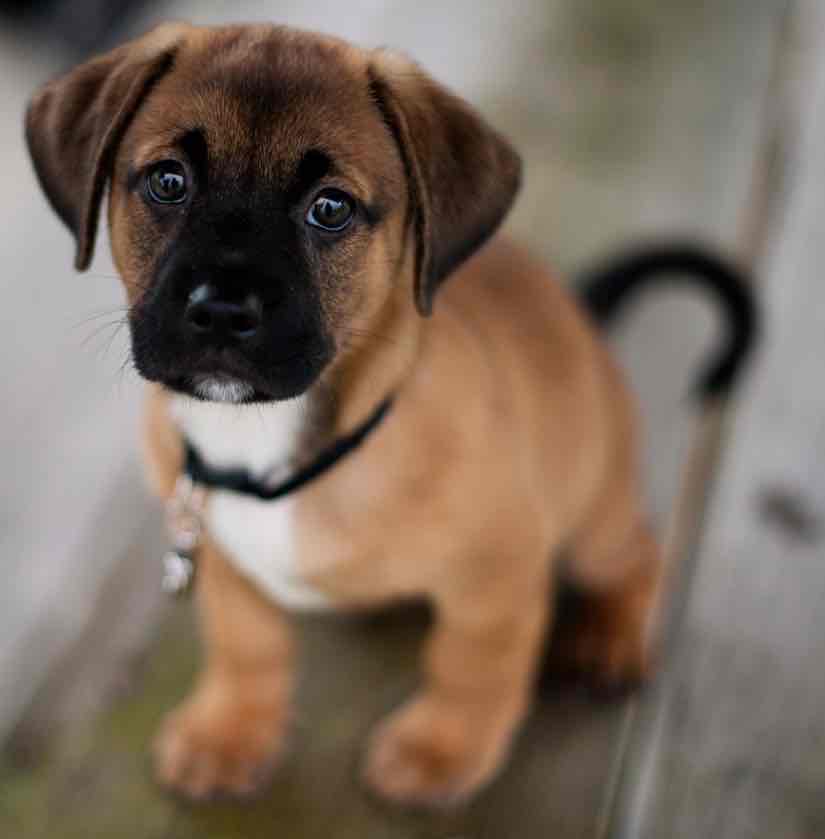
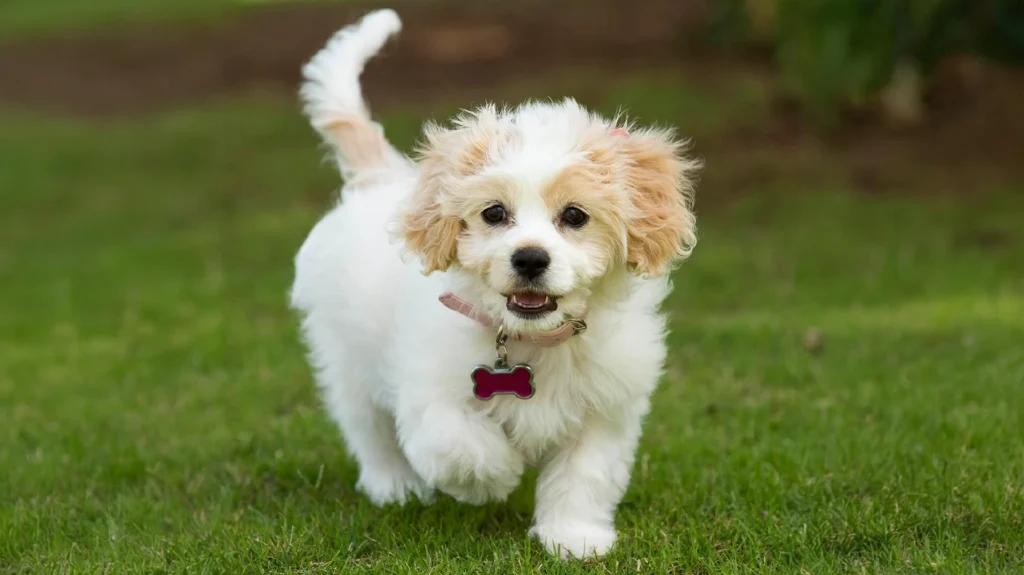
1. Cavapoo
A mix between a Cavalier King Charles Spaniel and a Poodle, Cavapoos are small, affectionate dogs that are intelligent and easy to train.
2. Puggle
A cross between a Pug and a Beagle, Puggles are energetic, friendly, and make great family pets with their playful and curious nature.
3. Cavachon
This breed is a mix of a Cavalier King Charles Spaniel and a Bichon Frise. Cavachons are known for their friendly and gentle temperament, making them ideal companions.
Conclusion
The Pugalier dog breed is a delightful mix of the Pug and the Cavalier King Charles Spaniel, bringing together the best traits of both parent breeds. Their friendly nature, combined with their charming looks, makes them appealing to a wide range of dog lovers. With proper care, training, and socialization, Pugaliers can be wonderful additions to any family. If you’re considering adding a new pet to your household, the Pugalier’s affectionate and adaptable nature might make it the perfect choice for you.
FAQ
Is the Pugalier a dangerous dog?
No, Pugaliers are generally not considered dangerous. They are known for their friendly and affectionate nature, making them great companions for families and individuals.
Is the Pugalier the best guard dog to protect you or your family?
While Pugaliers are alert and will bark to alert you of unusual activity, they are not typically used as guard dogs. Their friendly and social nature makes them more suited to being companions rather than protectors.
